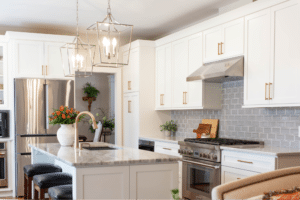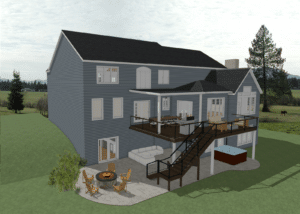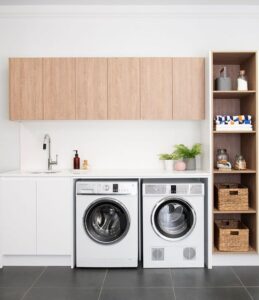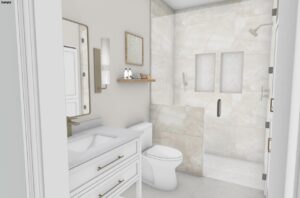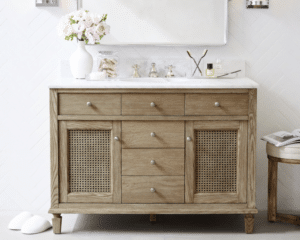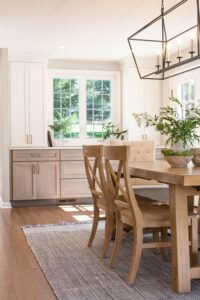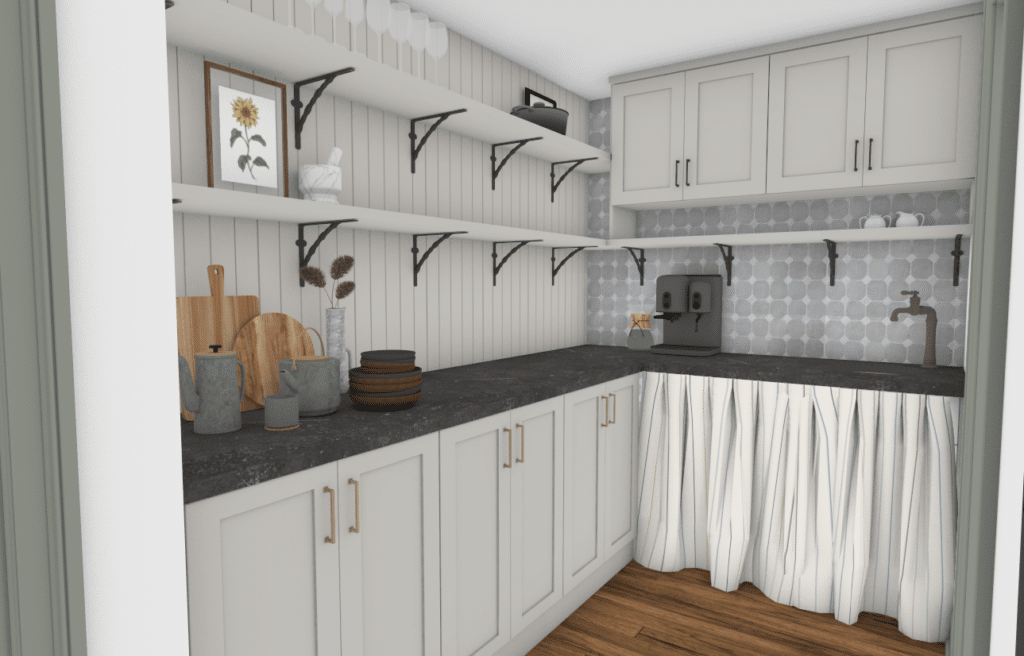
A well-designed kitchen pantry can make all the difference in your daily cooking routine. Not only does it provide ample storage space for your food and kitchen essentials, but it can also help you stay organized and efficient.
If you’re looking to upgrade your pantry or create a new one, this article will guide you through the process of designing your dream kitchen pantry.
Why Is a Well-Designed Pantry Important?
A well-designed pantry can help you maximize space, improve organization, and make your kitchen more functional. Here are some key benefits of a well-designed pantry:
Ample Storage Space
A pantry provides additional storage space for your food and kitchen essentials, freeing up space in your cabinets and countertops. This allows you to keep your kitchen clutter-free and have easy access to all your ingredients and tools.
Improved Organization
With a well-designed pantry, you can easily categorize and organize your food items, making it easier to find what you need. This can save you time and frustration when cooking or baking.
Increased Efficiency
A well-designed pantry can also help you become more efficient in the kitchen. With everything in its designated place, you can quickly grab what you need and get back to cooking without wasting time searching for ingredients or tools.
Designing Your Dream Kitchen Pantry
Now that you understand the importance of a well-designed pantry, let’s dive into the steps for creating your dream kitchen pantry.
Step 1: Assess Your Needs
Before you start designing your pantry, take some time to assess your needs. Consider the size of your family, your cooking habits, and the types of food you typically store. This will help you determine the size and layout of your pantry.
Step 2: Choose a Location
The location of your pantry is crucial. It should be easily accessible from your kitchen and have enough space to accommodate your needs. If you have a small kitchen, consider utilizing a closet or unused corner to create a pantry.
Step 3: Plan the Layout
The layout of your pantry will depend on the size and shape of the space you have chosen. However, there are a few key elements that every well-designed pantry should have:
- Shelving: Shelving is essential for organizing your pantry and maximizing space. Consider adjustable shelves to accommodate different sized items and make use of vertical space.
- Drawers: Drawers are perfect for storing smaller items like spices, utensils, and kitchen tools. They also help keep your pantry looking neat and organized.
- Baskets or Bins: Baskets or bins are great for storing loose items like bags of chips or snacks. They can also be used to group similar items together for easy access.
- Labels: Labels are a simple but effective way to keep your pantry organized. Use them to identify different categories of food or to label shelves and drawers.
- Lighting: Good lighting is essential for a functional pantry. Consider installing overhead lights or adding battery-operated lights inside cabinets and drawers for better visibility.
Step 4: Choose the Right Shelving
When it comes to pantry shelving, there are several options to choose from. Here are some popular choices:
- Wire Shelving: Wire shelving is affordable, easy to install, and allows for good air circulation. However, it may not be suitable for storing smaller items as they can fall through the gaps.
- Wooden Shelving: Wooden shelving is sturdy and can hold heavier items. It also provides a more polished look, but it may be more expensive and require professional installation.
- Pull-Out Shelves: Pull-out shelves are a great option for deep pantries as they allow you to access items at the back without having to reach or move other items. They can be installed on existing shelves or as a custom solution.
- Corner Shelves: Corner shelves are perfect for utilizing awkward corner spaces in your pantry. They can be installed as a standalone unit or as part of a larger shelving system.
Step 5: Add Personal Touches
Your pantry doesn’t have to be just functional; it can also be aesthetically pleasing. Consider adding some personal touches like a chalkboard for writing grocery lists, a small plant, or a decorative rug. These small touches can make your pantry feel more inviting and add a personal touch to the space.
Pantry Makeover Ideas
If you already have a pantry but it’s not meeting your needs, here are some ideas for giving it a makeover:
Add More Shelving
If your pantry is feeling cluttered and disorganized, consider adding more shelving. This will help you maximize vertical space and create more storage options for your food and kitchen essentials.
Install Pull-Out Baskets
Pull-out baskets are a great way to add more storage and keep your pantry organized. They can be installed on existing shelves or as part of a custom shelving system.
Use Clear Containers
Clear containers are a great way to store dry goods like pasta, rice, and cereal. Not only do they keep your pantry looking neat and organized, but they also make it easy to see when you’re running low on a particular item.
Utilize Door Space
Don’t forget about the back of your pantry door! Install hooks or a small shelf to store items like aprons, oven mitts, or small kitchen tools.
Conclusion
A well-designed pantry can make a significant difference in your daily cooking routine. By assessing your needs, choosing the right location and layout, and adding personal touches, you can create a functional and aesthetically pleasing pantry that meets all your storage needs. Whether you’re starting from scratch or giving your current pantry a makeover, these tips will help you design your dream kitchen pantry.



